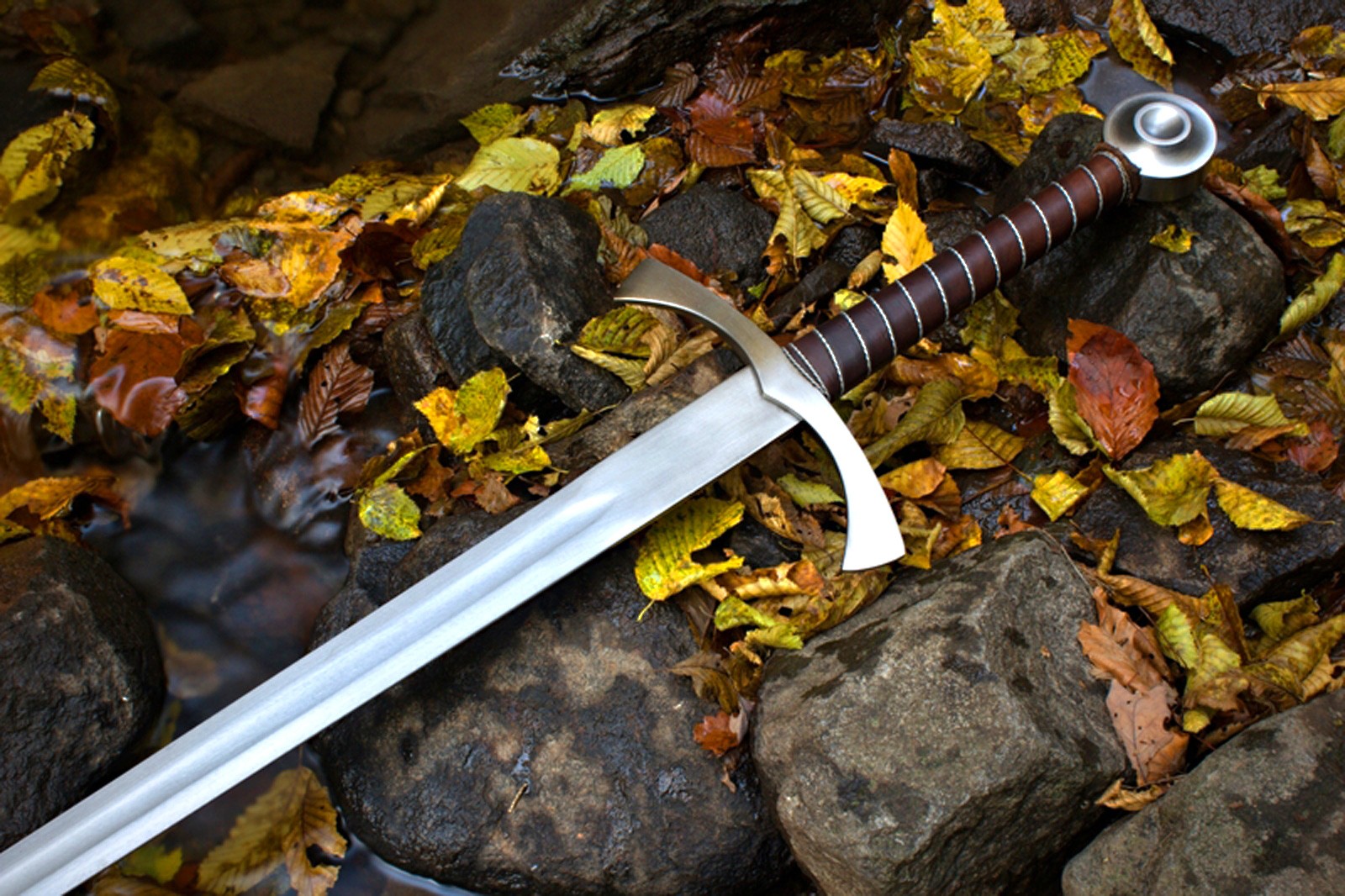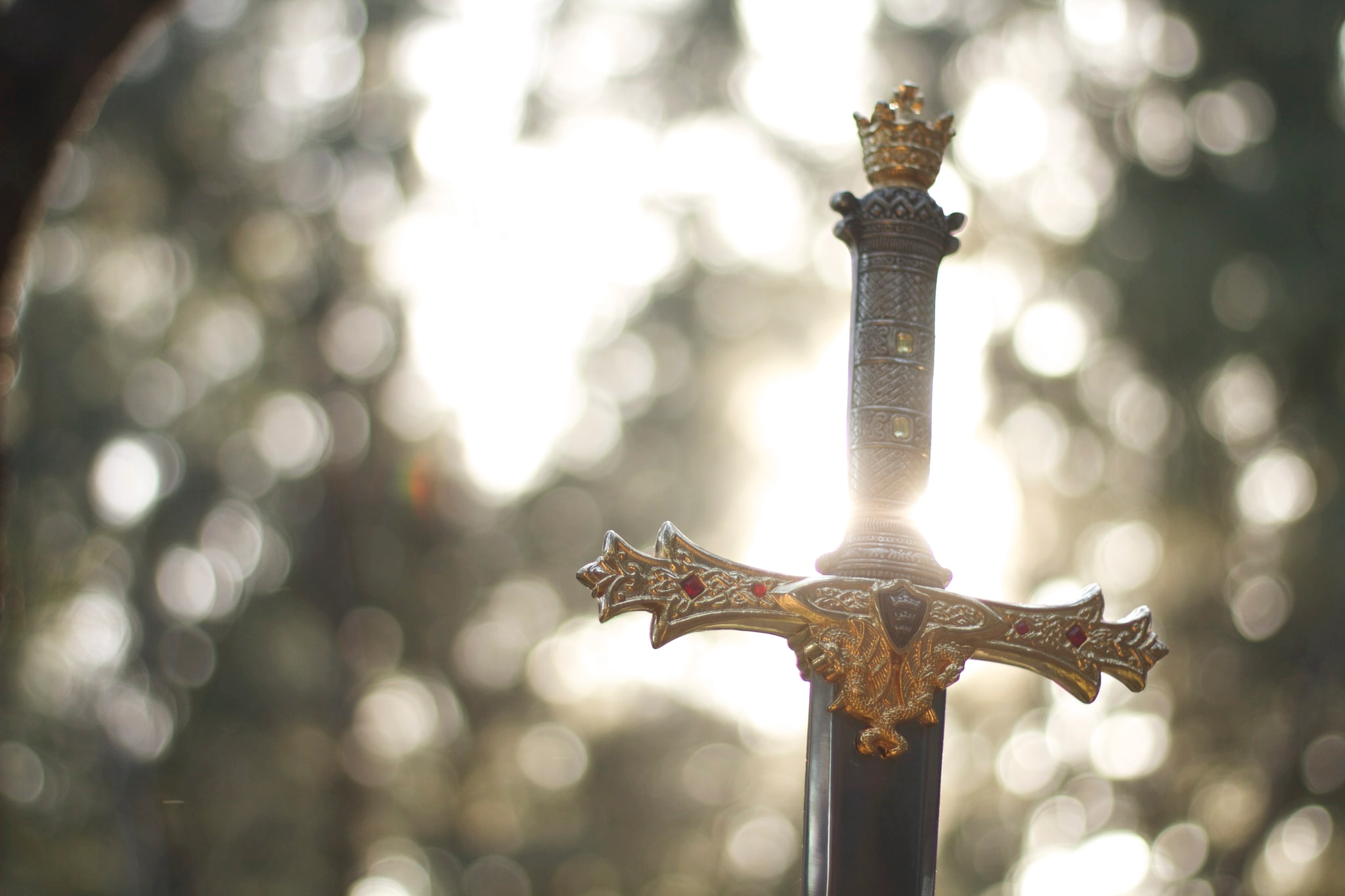Historical and Cultural Significance of Swords
Sword meaning – Swords, the ancient and formidable weapons, have played a pivotal role in shaping human history and culture. Their origins can be traced back to the Bronze Age, when they emerged as tools for hunting and warfare. Over time, swords evolved in design and significance, becoming symbols of power, honor, and social status.
The sword, a symbol of power and honor, has been revered throughout history. Yet, beneath its gleaming surface lies a darker truth. Like the umbrella pit , where discarded umbrellas accumulate, the sword conceals a hidden world of discarded dreams and shattered hopes.
The blade, once a beacon of glory, becomes a testament to the fragility of ambition.
In ancient civilizations, swords held immense cultural and religious importance. In Egypt, the pharaohs were often depicted wielding ceremonial swords, symbolizing their divine authority. In Japan, the samurai sword, or katana, was not merely a weapon but an embodiment of the warrior’s spirit and discipline.
In the annals of warfare, the sword stands as a potent symbol of strength and valor. Its blade, honed to a razor’s edge, has tasted the blood of countless battles. Yet, beyond its martial prowess, the sword also carries a deeper significance, akin to the olive definition , a symbol of peace and harmony.
For in the hands of a wise ruler, the sword becomes a force for justice, protecting the innocent and restoring balance to the realm.
Famous Swords, Sword meaning
Throughout history, numerous famous swords have captured the imagination of people worldwide. Excalibur, the legendary sword of King Arthur, is said to possess magical powers and grant its wielder invincibility. The Sword of Damocles, hanging precariously above a king’s head, symbolizes the constant threat of danger and uncertainty.
In real life, swords like the Ulfberht swords of the Vikings and the Toledo swords of Spain were renowned for their exceptional craftsmanship and cutting ability. These swords became coveted symbols of military prowess and were often passed down as heirlooms.
Types and Characteristics of Swords: Sword Meaning

Swords, with their diverse forms and functions, have played a pivotal role throughout human history. They have served as weapons of war, symbols of power, and objects of artistic expression. The vast array of swords can be classified based on their blade shape, length, and construction, each type possessing unique features and characteristics.
Blade Shape
The shape of a sword’s blade determines its cutting and thrusting capabilities. Common blade shapes include:
– Straight Blade: A straight, double-edged blade, designed for both cutting and thrusting.
– Curved Blade: A blade with a curved edge, providing greater cutting power but reduced thrusting ability.
– Single-Edged Blade: A blade with one sharpened edge, suitable for both cutting and drawing cuts.
– Double-Edged Blade: A blade with two sharpened edges, designed for maximum cutting efficiency.
Length
The length of a sword influences its handling and combat effectiveness. Swords can be categorized as:
– Short Swords: Blades shorter than 24 inches, offering maneuverability and close-quarters combat advantage.
– Long Swords: Blades between 24 and 36 inches, providing reach and power in open combat.
– Great Swords: Blades exceeding 36 inches, designed for heavy blows and breaking through armor.
Construction
The construction of a sword involves the materials used and the method of forging. Common materials include:
– Steel: A durable and versatile material, offering a balance of strength, flexibility, and edge retention.
– Iron: A strong but brittle material, often used in early sword-making due to its availability.
– Bronze: An alloy of copper and tin, offering corrosion resistance and a sharp edge, but lacking durability.
The forging process also impacts the sword’s performance. Techniques such as quenching and tempering can enhance the blade’s hardness, toughness, and flexibility.
Swordsmanship and Combat Techniques

Swordsmanship, the art of wielding a sword, encompasses a diverse range of principles and techniques developed over centuries of combat experience. From the disciplined thrusts of European fencing to the fluid slashes of Japanese katana, different styles and schools of sword fighting have emerged, each with its unique approach to the art of combat.
Principles of Swordsmanship
- Control of distance and timing: Swordsmen seek to maintain optimal distance from their opponents, dictating the pace and rhythm of the fight.
- Footwork and mobility: Agile footwork allows swordsmen to evade attacks, close in for a strike, or maneuver around obstacles.
- Target selection: Skilled swordsmen prioritize vital targets, aiming for areas that can incapacitate or kill their opponents swiftly.
- Feinting and deception: Swordsmen employ feints and misdirections to confuse and outwit their adversaries.
Styles and Schools of Sword Fighting
Numerous styles and schools of sword fighting have developed around the world, each with its distinct characteristics:
- European fencing: Originating in the Middle Ages, European fencing emphasizes precision, footwork, and blade control. It encompasses various disciplines, including foil, épée, and saber.
- Japanese swordsmanship: Rooted in ancient samurai traditions, Japanese swordsmanship focuses on fluid motion, powerful strikes, and a strong mental discipline. Notable styles include kendo, iaido, and kenjutsu.
- Chinese swordsmanship: Chinese swordsmanship is known for its versatility and variety of weapons, including the jian (straight sword), dao (broadsword), and qiang (spear). It emphasizes speed, agility, and the use of both single and double-handed techniques.
Historical Battles and Duels
Throughout history, swords have played a pivotal role in countless battles and duels, shaping the course of civilizations and demonstrating the prowess of skilled swordsmen:
- Battle of Marathon (490 BC): The Greek hoplites, armed with spears and short swords, defeated the invading Persian army, showcasing the effectiveness of disciplined infantry tactics.
- Duel between Miyamoto Musashi and Sasaki Kojiro (1612): Musashi, a legendary Japanese swordsman, emerged victorious in this iconic duel, using a wooden sword to defeat his opponent’s longer blade.
- Battle of Gettysburg (1863): During the American Civil War, cavalry charges with sabers played a significant role in the fierce fighting, demonstrating the continued use of swords in modern warfare.
In ancient lore, the sword symbolized power and justice. Its sharp edge cleaved through the darkness, bringing light to the world. But even the mightiest of swords could be outwitted by a cunning bear like Winnie the Pooh , who, with his honey-soaked paws, could disarm the fiercest warrior with a single hug.
Yet, the sword’s true meaning lay not in its ability to conquer, but in its power to protect and guide, like a beacon in the night, illuminating the path towards a brighter future.
A sword is more than just a weapon; it is a symbol of power, courage, and honor. In many cultures, swords are seen as sacred objects, and their use is often restricted to those who have proven themselves worthy. The sword pit is a testament to the power and allure of swords.
This pit, located in the mountains of Java, is said to contain the swords of thousands of warriors who have died in battle. The swords are said to be imbued with the spirits of their former owners, and they are said to be able to grant power and protection to those who wield them.
The sword, a symbol of power and protection, has been revered throughout history. Its sharp edge cuts through both flesh and bone, leaving an indelible mark on those who wield it. Like the music of Rihanna , the sword’s melody echoes through the ages, a testament to its enduring legacy.